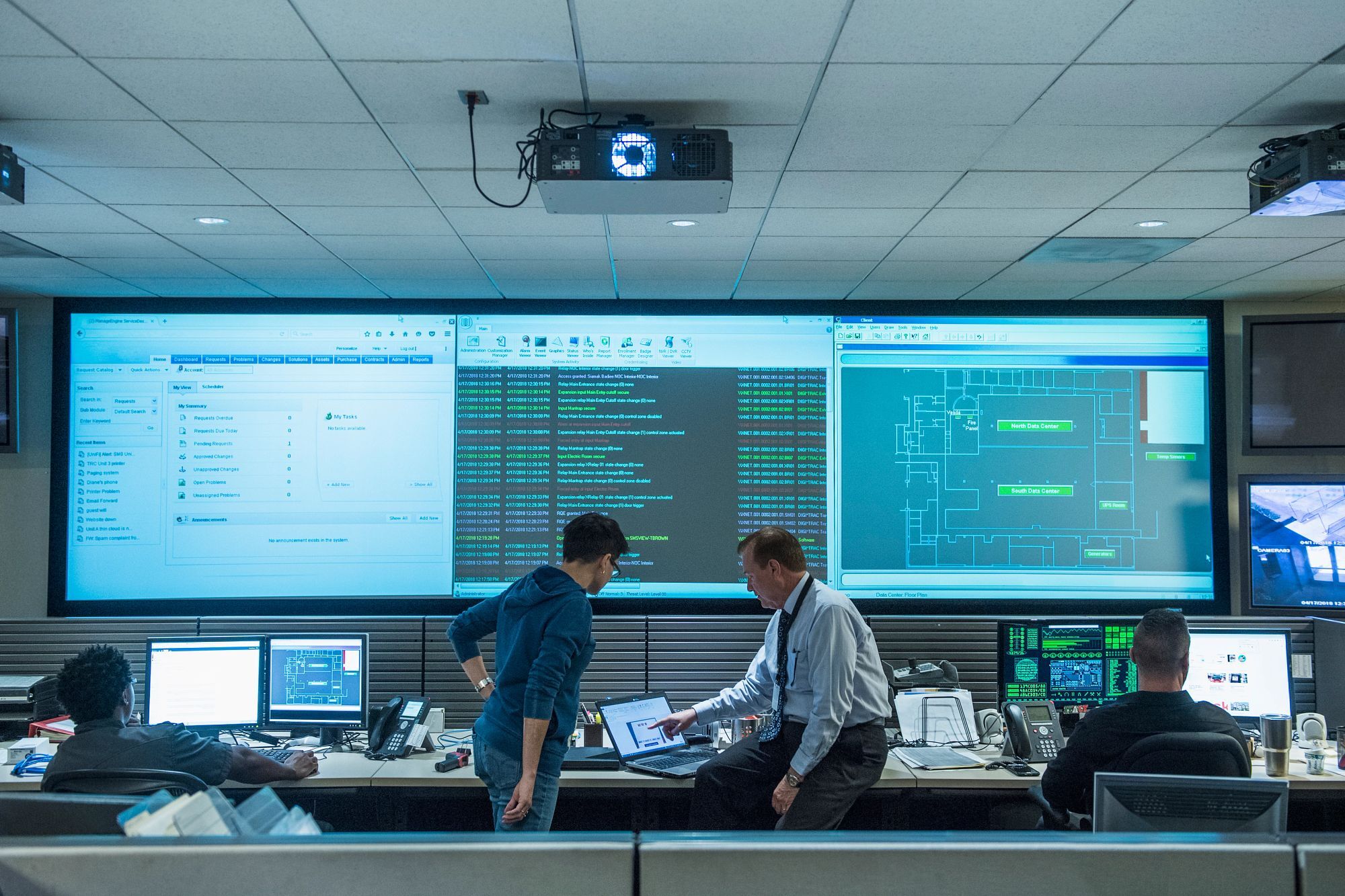Crisis Exercises Help Prepare for the Worst

As a senior food safety, quality or compliance professional, you will have had to work hard to get where you are today. You've probably completed endless courses – on everything from food technology to finance – to get to your senior level. But are you prepared for an emergency? Has anyone ever 'walked you through' a crisis, so you know instinctively how to react if lightning should strike, possibly literally, or more likely in some other form of adverse event or food-related incident?
For many executives, the answer will be 'no'. Then again, you can't practice for the unknown, can you? Or can you?
Actually, you can. Crisis Exercises are an ideal way to do just that. Not only can you make general preparations for disaster recovery – many businesses have a broad Crisis Management Plan – but you can practice them too, ensuring you are much better able to cope and make the right decisions if the worst should happen.
Enacting potential incidents
Food industry crises are already all too common. They include specific food-related setbacks such as product contamination, allergy concerns, food fraud, and product recall. Growing populations, complex supply chains, and, particularly, increasing consumer expectations are going to make future food safety even more challenging. Take food recalls. Alarming recent statistics from researchers at Sedgwick found that FDA food recalls in the US resulted in an extraordinary 700% annual increase in the number of units impacted.
Then, there are the many other more general business hazards from which food businesses are not exempt, from workplace accidents to fire and flood, IT and power failures. You need to evaluate them all regularly because an approach that isn’t completely watertight carries huge legal, financial, and reputational risks.
At the same time, companies are under constant stakeholder pressure to demonstrate good governance, risk management, and business sustainability. More specifically, there is also a growing requirement from insurers for their corporate clients to conduct crisis exercises to reduce their risk rating and enhance their 'insurability'.
While it's clearly unlikely that a business can practice every worst-case scenario, it is entirely possible and advisable to enact a few potential incidents, enabling food industry leaders to learn valuable lessons that are common to many crises and build teamwork that can be applied in any adverse circumstance.
A realistic scenario
The key is to be realistic. Let’s run through a scenario of a traffic accident, part of a Crisis Exercise I ran on site recently for a leading international food brand…
It’s 08:30 on Monday morning and, as general manager of a large food business, you've just arrived at your desk as usual. Your phone rings.
It’s your company’s duty manager in charge of transport. She has been contacted by the police, who have attended a road accident involving one of your trucks. It has collided with other traffic, overturned, and is blocking the road having shed its load. Fuel is running out of several vehicles. Emergency services are on site. Your driver is hurt and there are other casualties. Traffic is backing up at an alarming rate. The location is 10km from your company’s site, but the police want a representative of transport and management to attend immediately. Already, a news reporter from the local radio station is holding on another line, asking for more details from a senior decision-maker.
The duty manager urgently wants to know what actions you're going to take. The problem is... so do you.
Should you drive straight to the accident location, send someone else, or try to speak to the police? Should you contact the driver’s family, your insurers, or a media adviser? What are your legal duties and moral obligations? What should you and your team do first?
This particular incident may never have occurred in real life, but we made the exercise sufficiently authentic to provide the food business leaders with a realistic experience and valuable practical insights to equip them to manage and mitigate the worst potential outcomes.
So, how does a Crisis Exercise work? The first step is for the client to select the executives they would expect to be involved. Typically, the crisis team incudes senior operational leaders, specialist functions such as legal, PR and third party partners, with board members and the CEO often participating as well.
When the team has convened, either together or online, 3-4 hours are allocated for a crisis simulation.
We set up every exercise to be as plausible as possible, and we ask participants to 'willingly suspend their disbelief,' in much the same way as a movie or theatre audience becomes immersed in the drama unfolding in front of them. For the duration of the imaginary incident, they must believe what is happening and respond to it. They are expected to take the same actions throughout as they would in reality, and to follow company policy and process.
To maintain authenticity and maximize learning, good housekeeping is observed throughout. For example, participants are asked to share their screens when they have updates or information to pool – when the sessions are held virtually - and to keep their phones silent where possible to minimize intrusions from the 'outside world.'
NSF then sets out the crisis scenario, such as a major road traffic incident, and asks participants how they would respond to it. We go on to play various roles within the exercise, including providing timings related to a live event and interrupting with a new update or scenario, adding more layers of complexity to the initial incident.
The drama continues. There's a social media storm about potential environmental damage from the spilled fuel, constant pressure from journalists for more information and comment, an immediate visit from an official safety inspector, the 'grounding' of the vehicle fleet, and complaints from irate customers. As new information is added, the team is asked again what to do next.
Because of the realism – and the participants' reactions under pressure to the unfolding events – they become acutely aware of the seriousness of the situation. For example, they realise the disastrous impact the event could have on their company's brand and, indeed, on their own careers. They see and debate the legal, financial and moral ramifications of every decision and action.
Throughout the simulation, we are on hand to answer questions and provide clarification if needed. Our primary role throughout is to listen, observe, and note the team’s progress and actions. There is often disagreement within the team, which causes more chaos and potentially further damage by delaying a response. But through this first-hand experience they learn the vital importance of a collaborative, cohesive response.
After the simulation, we lead a debrief session, encouraging feedback from participants and providing a simple summary. All evidence and information from participants, if not already provided during the simulation, is collected within five days to keep it fresh.
Reporting and scoring
The client is provided with a full written report within ten days of the exercise, complete with our scoring of participants. Scores are awarded against the client’s criteria and are evidence-based – if an action isn’t demonstrated, we won't include it. By this stage, there should be no surprises, but our notes capture the detail behind the scores.
Through the exercise, food industry leaders gain knowledge – from us and from each other – and, above all, real-time, practical experience in coping with a crisis. The hands-on realism and dynamic role-play of a live simulation offer much more effective and lasting learning than simply reviewing documented plans.
With a Crisis Exercise behind you, if disaster strikes, you have a much better chance of reacting rapidly and rationally, working collaboratively, and navigating the emergency successfully. The exercise will help you and your team mitigate its most damaging effects and get your business back on track with its reputation intact.
In the meantime, you'll sleep much more soundly at night.
Matthew Bown, Senior Project Manager and Consultant

Matthew has over 25 years of experience in the risk sector, working in key roles in multinationals, collaborating with and supporting businesses across a diverse range of trading law practices , including food safety, health and safety , ESG, and audit - including ISO. His background has helped businesses in the following key sectors: retail, logistics, manufacturing, food and beverage, entertainment and insurance.
Food risk management consulting services
How NSF Can Help You
Get in touch to find out how we can help you and your business thrive.

What’s New with NSF

NSF Granted Reauthorization as a CMMC Third-Party Assessment Organization
January 8, 2025
Sustainable Foods Summit 2025
January 2, 2025
NSF Celebrates 50 Years of the Safe Drinking Water Act
December 16, 2024
